The architectural historian Ennio Concina wrote that Renaissance Venice was ‘the eye, not only the gate, to the East’. It’s a reminder that the city-state was not simply a commercial hub but a place of cultural observation, in which designs, customs, fashions, texts and culinary delights from the Ottoman Empire were absorbed and assimilated into Venetian life. This exhibition surveys four centuries of cultural exchange between the Republic of Venice and the Ottoman Empire – a period marked by what the exhibition’s curator, Stefano Carboni, describes as ‘a blend of cooperation and conflict […] diplomacy and back-stabbing [and] understanding and misunderstanding’ (31 May–1 September). The objects on display include an 18th-century qibla indicator, an ornate and minutely detailed cartographical device used by Muslims to find the direction of Mecca; an extraordinary view painting of Constantinople from the second half of the 17th century; and textiles with Ottoman-influenced patterns.
Find out more from the Frist Art Museum’s website.
Preview below | View Apollo’s Art Diary
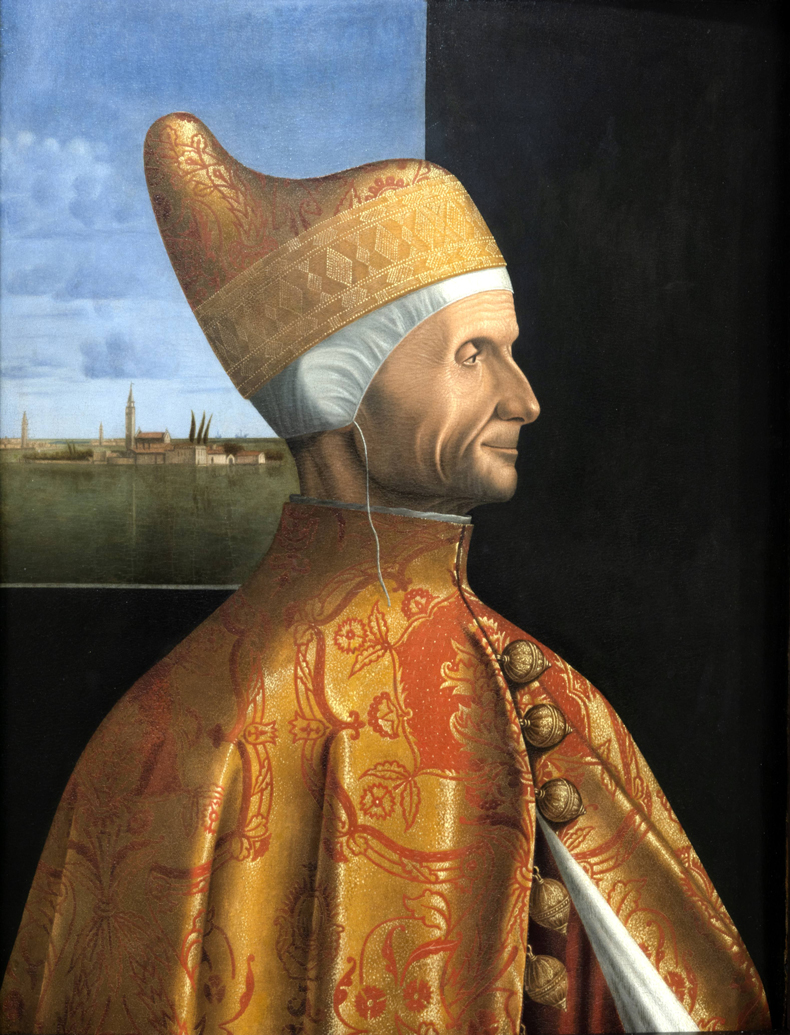
Portrait of Doge Leonardo Loredan (c. 1501–05), Vittore Carpaccio. Museo Correr, Fondazione Musei Civici di Venezia
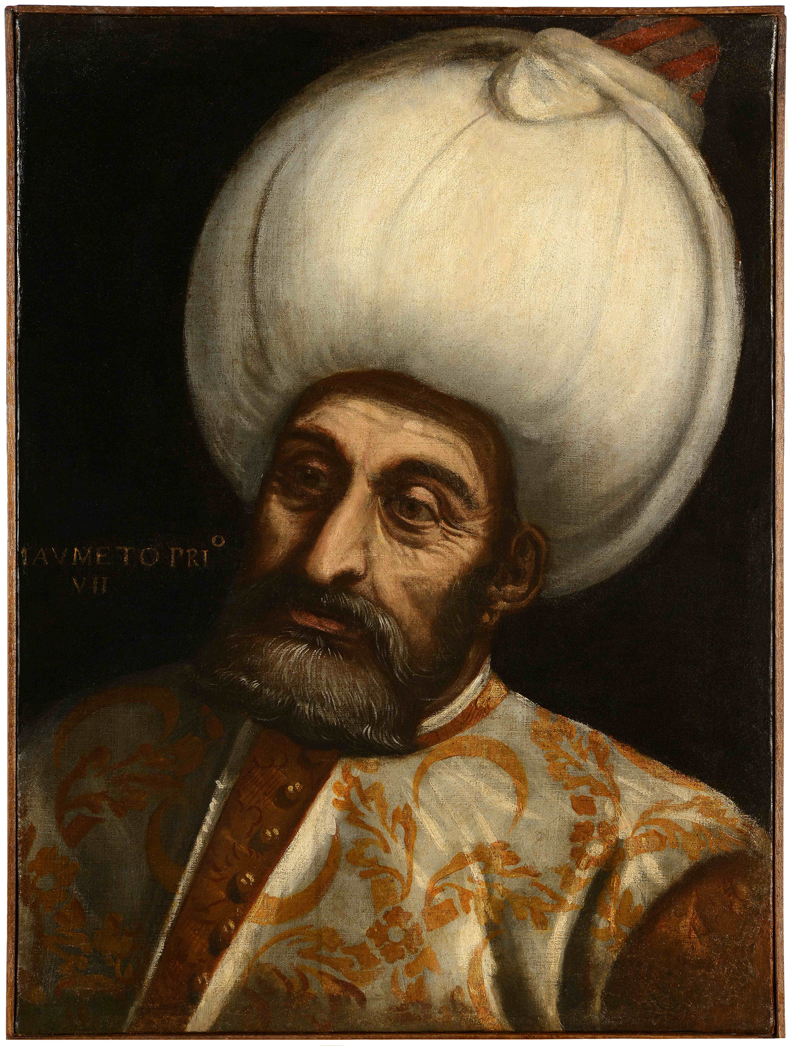
Portrait of Mehmed I (second half of 17th century), unknown Venetian artist. Museo Correr, Fondazione Musei Civici di Venezia
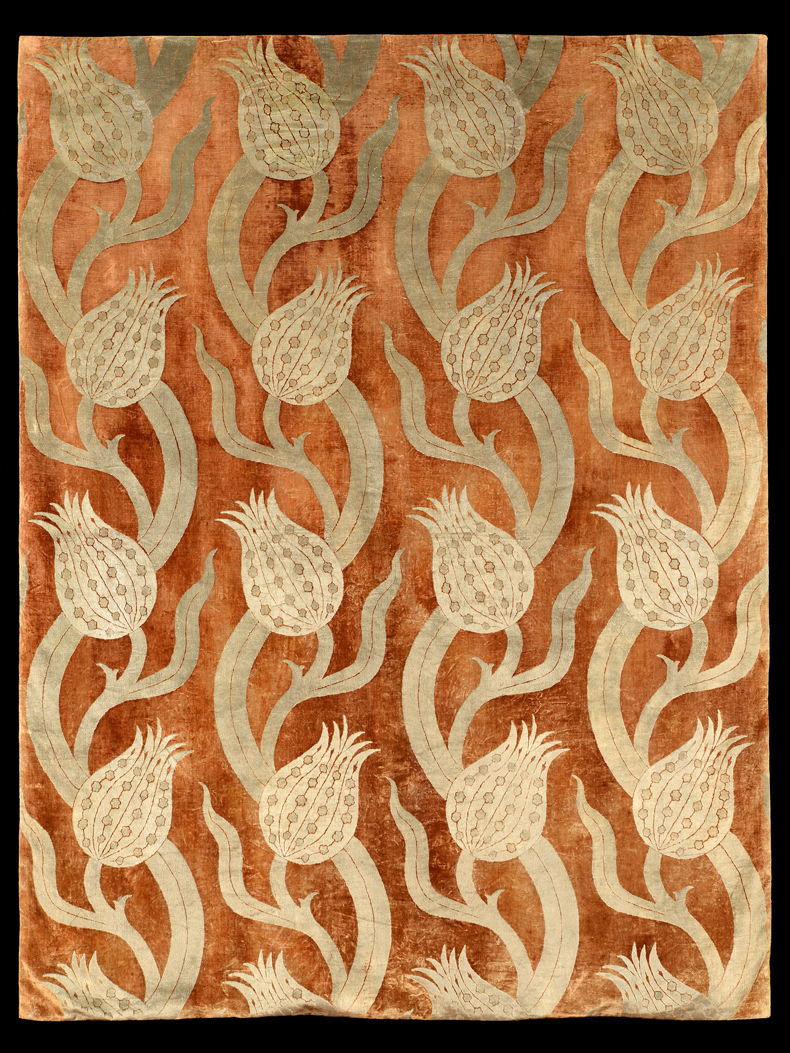
Fragment of printed cloth (first half of 20th century), Mariano Fortuny textile factory, Venice. Museo Fortuny, Fondazione Musei Civici di Venezia


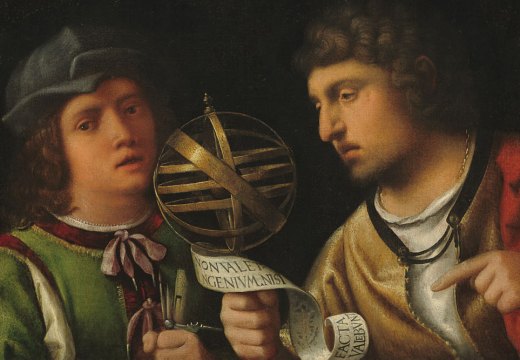
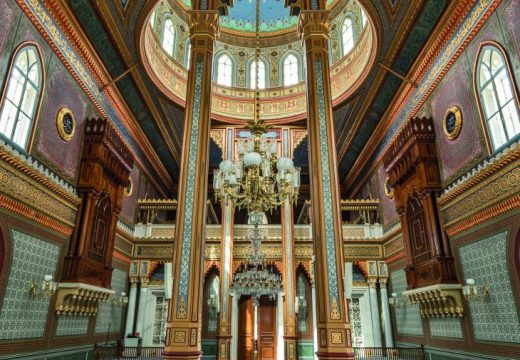

 The art of crossing continents – ‘Silk Roads’ at the British Museum, reviewed
The art of crossing continents – ‘Silk Roads’ at the British Museum, reviewed








![Masterpiece [Re]discovery 2022. Photo: Ben Fisher Photography, courtesy of Masterpiece London](http://www.apollo-magazine.com/wp-content/uploads/2022/07/MPL2022_4263.jpg)
Suzanne Valadon’s shifting gaze